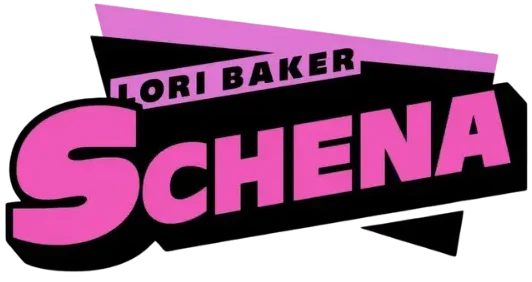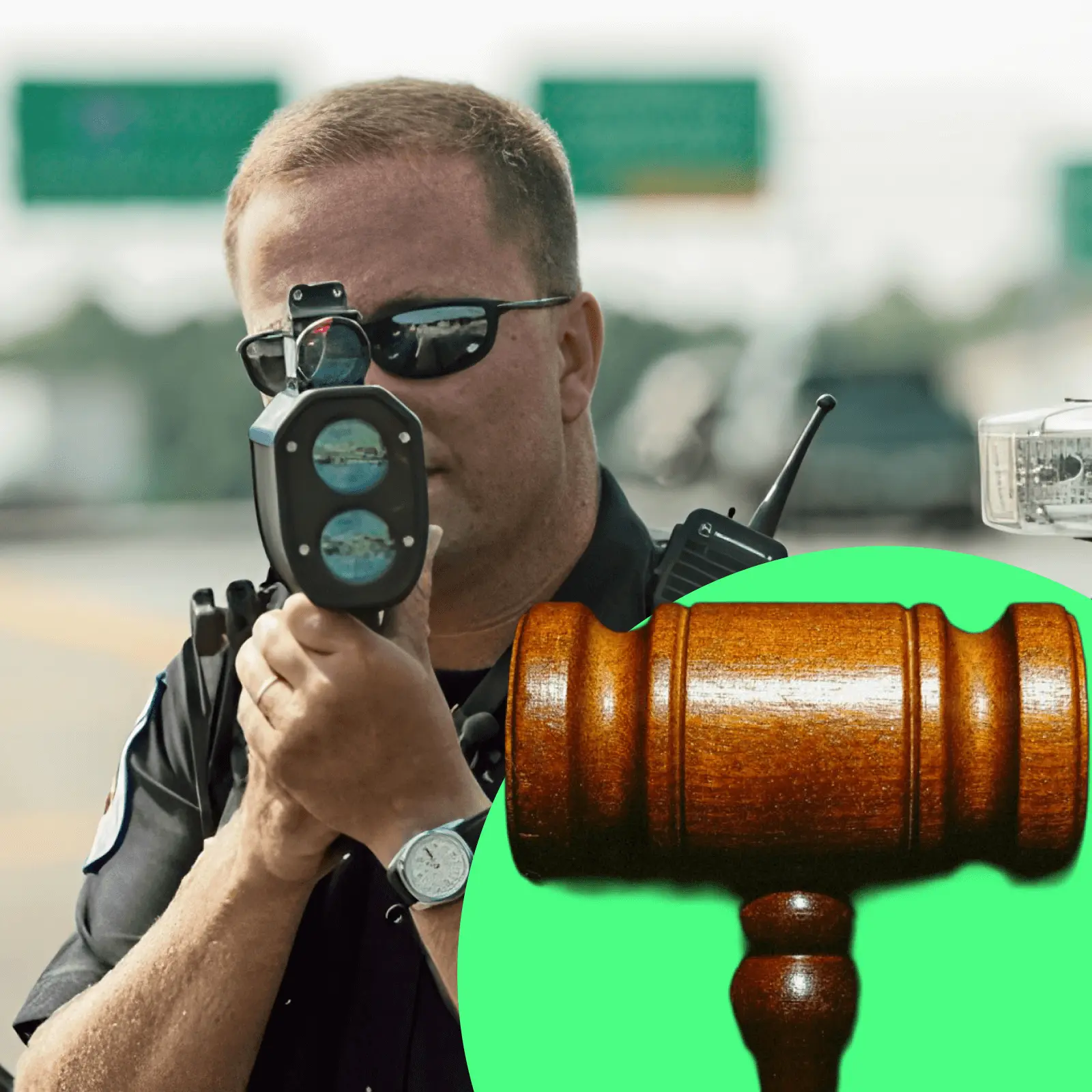As technology evolves, so do methods of protecting vehicle privacy. One popular tool gaining traction is the anti radar license plate sticker, designed to interfere with radar detection and license plate scanning systems. Unlike bulky blockers or electronic jammers, these stickers offer a discreet, easy-to-apply solution.
One of the most advanced products in this category is Nanofilm Ecoslick, a thin film that adheres directly to your license plate. It works by disrupting infrared light and camera flashes, making the plate harder to read for Automated License Plate Readers (ALPR).
The rising popularity of these films leads many to wonder about their legality. Are products like infrared number plate blockers and reflective number plate films allowed on US roads in 2025? The answer isn’t straightforward and depends on state laws and specific use cases.
As radar and camera technologies advance, the need for such privacy tools grows. These films do not just block visibility but also help reduce false readings and ticket errors, improving driver experience while maintaining appearance.
Many drivers find peace of mind knowing that their plate is not easily captured by every camera on the road. This growing awareness is shaping how drivers choose to protect their privacy in the digital age.
Reflective number plate films and infrared number plate blockers are becoming common among drivers who want to safeguard their privacy without obstructing their plates physically. These films work by altering the light reflected from the plate, particularly under infrared or flash photography.
- Avoiding unwanted tracking by speed cameras
- Reducing the risk of toll violations caused by unclear reads
- Protecting personal privacy in high-surveillance urban areas
- Maintaining plate readability for human observers while confusing cameras
Their subtle nature means they can be used on all types of vehicles — from everyday commuter cars to high-end luxury vehicles — without changing the aesthetic appeal.
Many drivers also use them in conjunction with other privacy tools, such as electronic flippers or physical covers, to enhance protection in particularly monitored areas.
Their ease of use and invisible nature also mean that they require little maintenance, often lasting for several years without replacement.
The legality of anti radar license plate stickers like Nanofilm Ecoslick varies widely in the US. While federal law doesn’t explicitly ban such films, individual states have different rules regarding plate visibility and alterations.
Many states require plates to be clearly visible and legible at all times. This includes restrictions on tinted covers or films that obscure characters. However, since these films don’t obscure the plate from the human eye and primarily interfere with camera sensors, they occupy a legal grey area.
Drivers considering using infrared number plate blockers or reflective number plate films should:
- Review their state’s vehicle code for plate modification regulations
- Consult local DMV guidelines or law enforcement statements
- Choose products designed to comply with visibility standards
Additionally, the use of these films should be done responsibly. Using them to deliberately evade law enforcement or hide illegal activities could result in penalties. The goal is to enhance privacy and reduce data harvesting by unauthorized parties, not to facilitate unlawful behavior.
The Nanofilm Ecoslick stands out because it balances privacy protection with compliance. It works passively, without electricity or moving parts, and is virtually invisible in normal lighting.
- Disruption of infrared-based ALPR cameras
- Prevention of fines caused by unclear plate images
- Minimal impact on aesthetic appearance
- Easy installation and removal without damage
However, users should be aware that no product can guarantee 100% invisibility from all cameras. Also, the films are ineffective against human observation or manual plate recording.
When considering these films, it’s important to understand their limitations and combine them with safe driving practices. No technological solution replaces responsible behavior on the road.
User reviews often highlight the ease of application and the longevity of Nanofilm Ecoslick as key advantages. Moreover, many appreciate that the product does not interfere with standard vehicle inspections or automated toll systems.
As ALPR and speed cameras continue to spread across the US, privacy-conscious drivers seek solutions like anti radar license plate stickers to protect themselves. Products such as Nanofilm Ecoslick and infrared number plate blockers offer a modern way to reduce unwanted plate scanning while preserving legal compliance.
The key is informed, responsible use — understanding your local regulations, selecting compliant products, and maintaining plate legibility.
Whether for everyday commuting or special circumstances, these films represent a growing segment of automotive privacy technology in 2025.
With growing privacy concerns, it is expected that more advanced solutions and clearer regulations will emerge, helping drivers balance transparency and protection.
Learn more about protective films: https://alitehub.com

